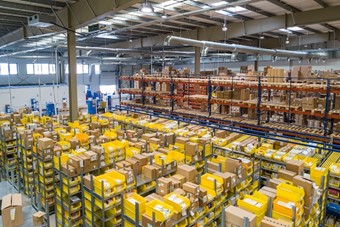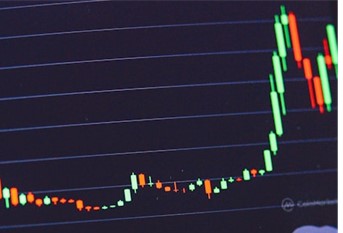Workplace safety is a crucial aspect of any business environment. Understanding and mitigating common hazards not only ensures the well-being of employees, but also enhances productivity and compliance with regulatory standards. Today, Global Industrial Port Washington reviews the top 10 workplace hazards and strategies to avoid them:
- Slips, Trips, and Falls
These are among the most frequent causes of workplace injuries. Prevention includes maintaining clean and clutter-free floors, using signage for wet areas, ensuring adequate lighting, and implementing anti-slip floor treatments.
- Electrical Hazards
Electrical risks are a serious concern that must never be taken lightly. These can lead to severe consequences such as electric shocks, burns, and even fatalities. It is crucial to take every necessary measure in order to avoid such risks. This includes regular maintenance of electrical equipment to ensure that it is in good working condition and free from any defects or malfunctions. It is also essential to provide proper training to staff on how to handle electrical equipment safely. Finally, using protective equipment such as gloves, goggles, and safety footwear can significantly reduce the likelihood of accidents and injuries. By taking these preventative measures, you can minimize the risk of electrical hazards and ensure a safer working environment for everyone.
- Ergonomic Injuries
Repetitive strain injuries and musculoskeletal disorders are common in office settings. Ergonomic solutions include adjustable chairs, proper workstation setup, and encouraging regular breaks.
- Chemical Exposures
Handling chemicals poses risks of burns, poisoning, and respiratory problems. Necessary safety measures include proper labeling, using appropriate storage, and providing training and protective gear.
- Fire Hazards
Fire risks can cause significant harm and property damage. Prevention involves regular fire drills, proper storage of flammable materials, and ensuring the accessibility of functional fire extinguishers.
- Machinery and Equipment Accidents
Improper use of machinery can lead to severe injuries. Ensure safety by providing proper training, using guards on machinery, and regular equipment maintenance.
- Noise Pollution
Excessive noise can lead to hearing loss. Mitigate this risk through soundproofing, providing hearing protection, and monitoring noise levels.
- Biological Hazards
These include exposure to bacteria, viruses, and other microorganisms. Preventive measures include good hygiene practices, proper waste disposal, and vaccination where applicable.
- Physical Hazards
These are environmental factors that can harm workers, such as extreme temperatures. Manage these risks by providing appropriate clothing, modifying work schedules, and ensuring proper ventilation.
- Stress and Mental Health Issues
Work-related stress can lead to physical and mental health problems. Address this by fostering a supportive work environment, offering mental health resources, and ensuring a manageable workload.
Each of these hazards requires a specific approach to management and prevention. By understanding these risks and implementing effective safety measures, businesses can create a safer, more productive work environment for their employees.



